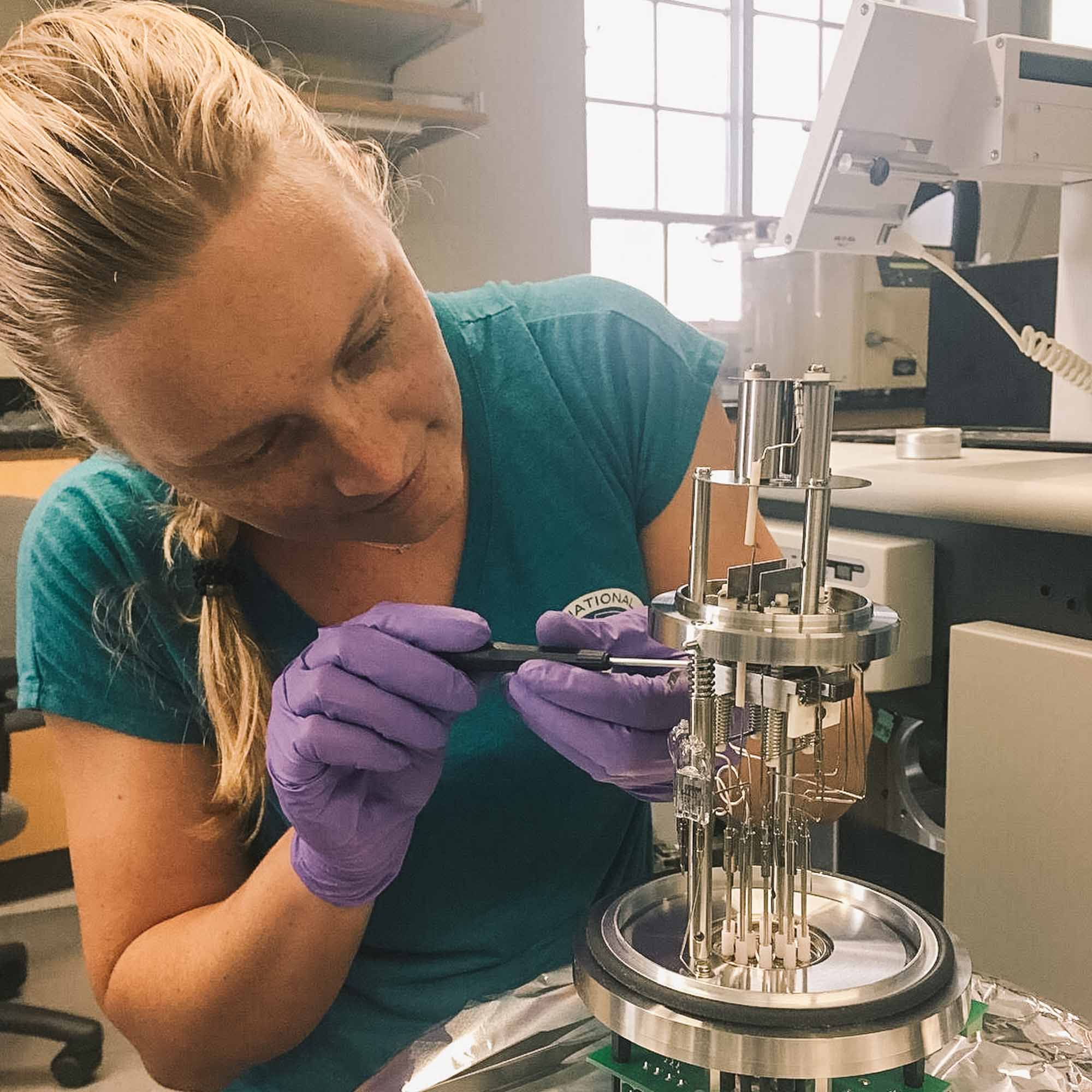Research
I study the movement of organic sulfur and carbon in lakes and oceans to better understand these important environments under changing climate.
Sulfur cycling evolved in a low sulfate world - but our knowledge of ancient systems relies on the high-sulfate modern ocean. Studying Lake Superior sediments offers a window to the past. During my postdoc, we investigated sulfolipids and found surprising evidence for sulfurization. This hints to the important role of organic sulfur in other low sulfate environments, like the early ocean.
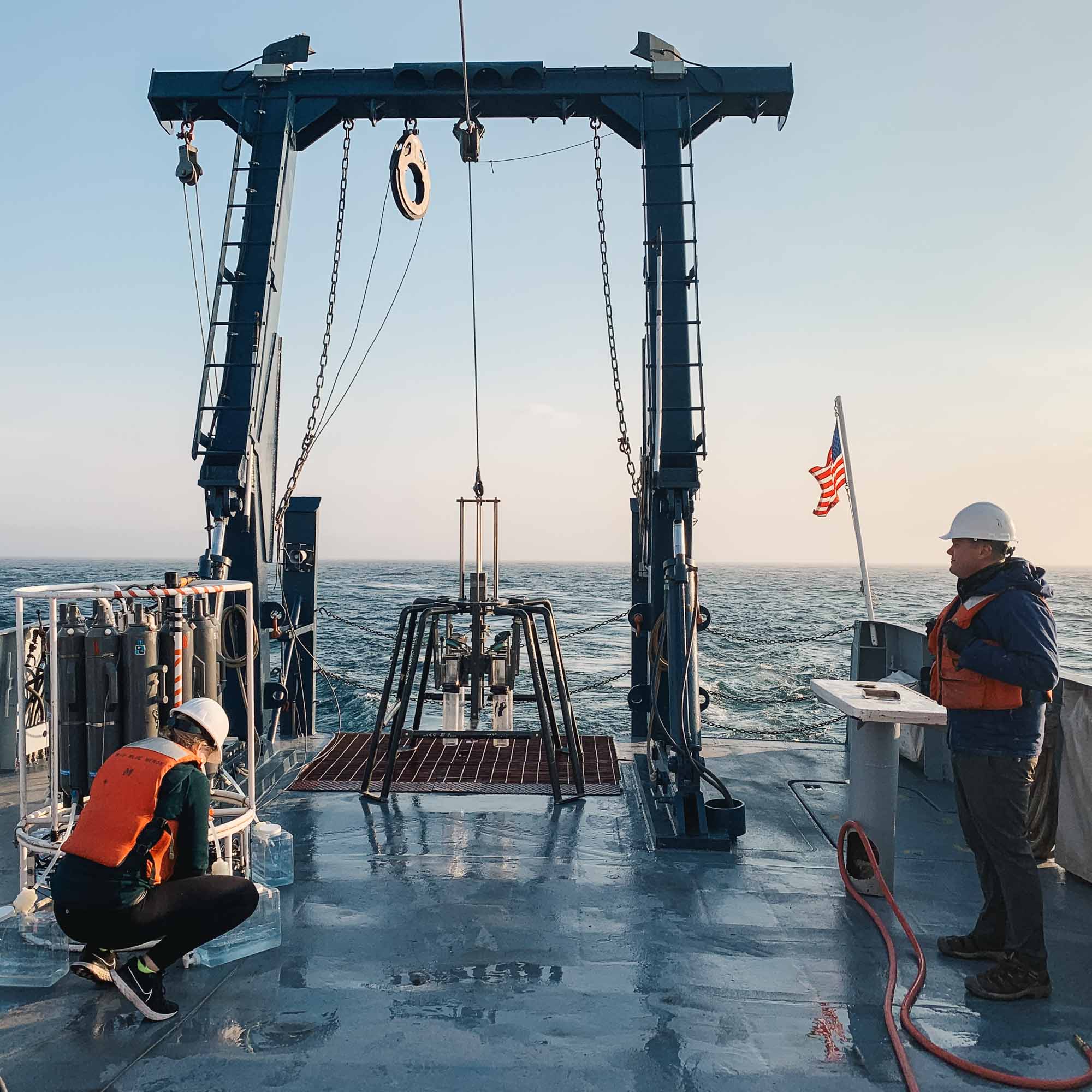
Dissolved organic matter (DOM) is a vast reservoir of long-lived carbon, which helps regulate global climate. Previous work hypothesized that sulfurization reactions could explain its enigmatic age. Our study, the first to measure DOM for sulfur isotopes, quantified that this source was at most 10% of the DOM budget, and therefore not the answer to this longstanding paradox.
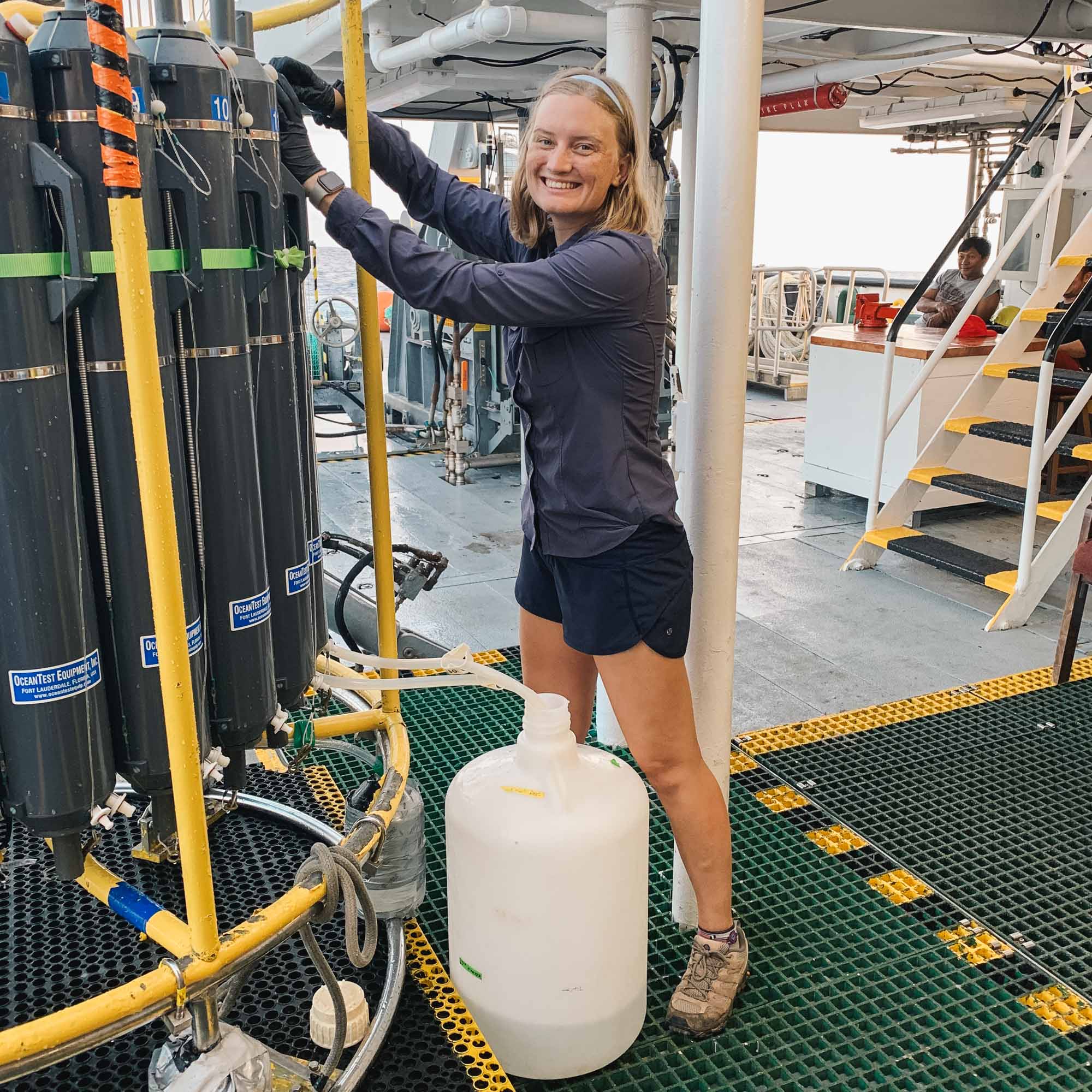
Isotope analysis has seen a renaissance in recent decades, with new isotope systems, novel instrumentation, and increasing molecular information (like clumped and site-specific analysis). With this surge of technology and rush for new applications, we took a deep dive and reviewed the best practices for making these measurements.
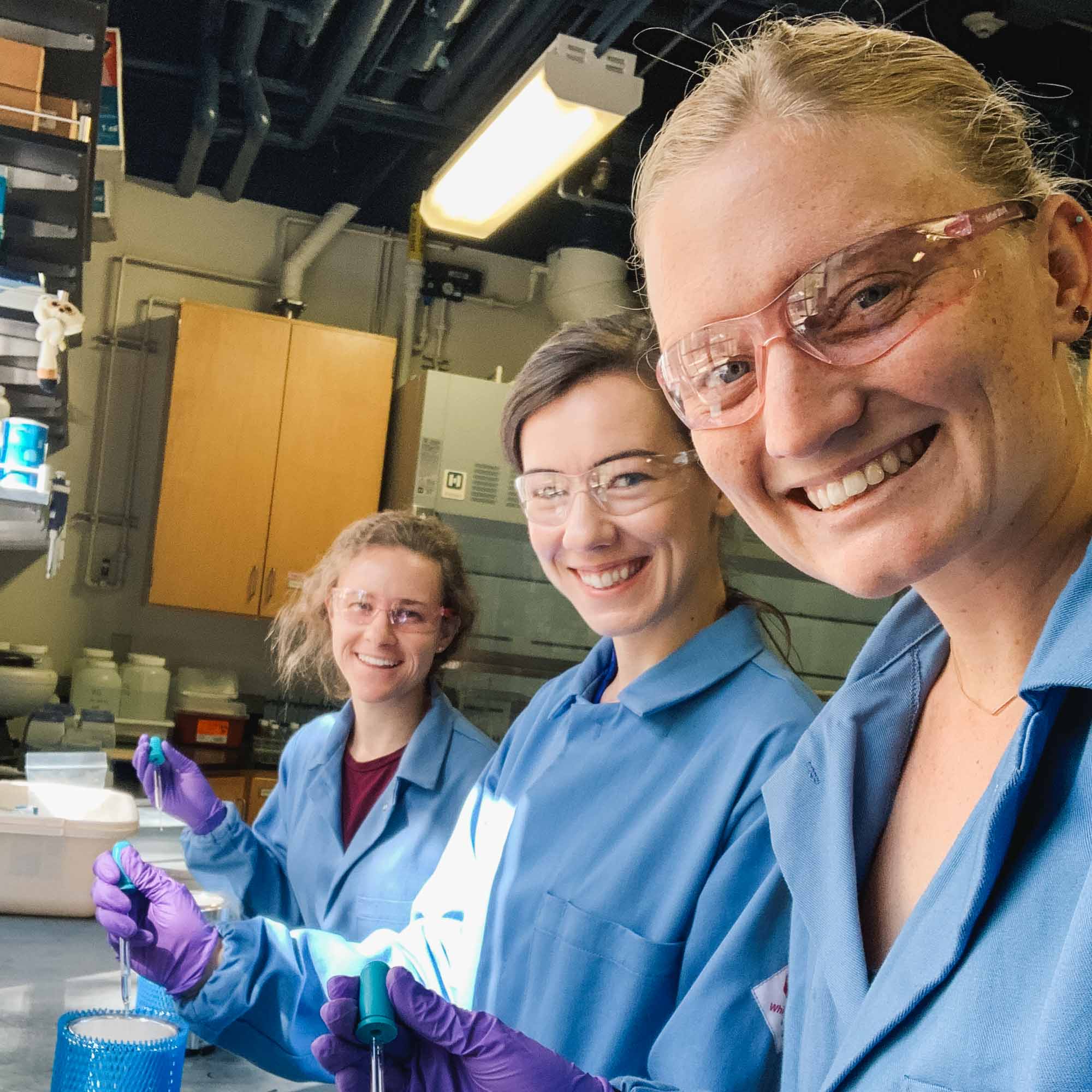
Following an unusual snow year in the Sierra Nevada, CA, a layer of fresh water inundated hyper-saline Mono Lake and prevented winter mixing. We studied the seasonal response of the lake's chemistry and biology over a two year time series. We found evidence for a dynamic sulfur cycle over time, linking climatic shifts to microbial succession.
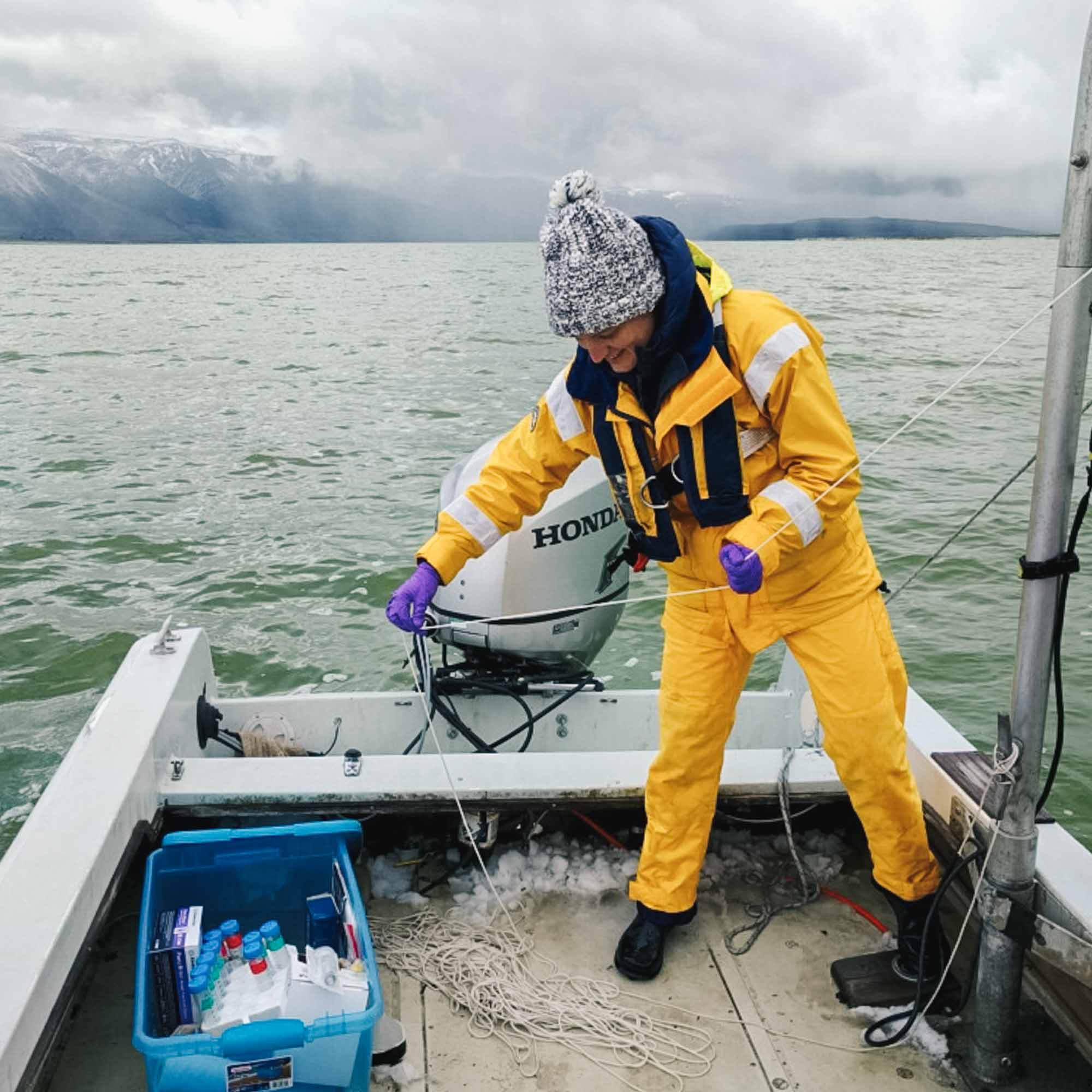
Sulfur isotopes of organic matter are powerful tools for understanding biology in unknown systems - like hydrothermal vents or the surface of Mars - but had never been realized for the sulfur amino acids. We developed a new method, featuring a highly sensitive mass spectrometer. The resulting measurements demonstrated clear links between metabolism and sulfur isotope composition.
